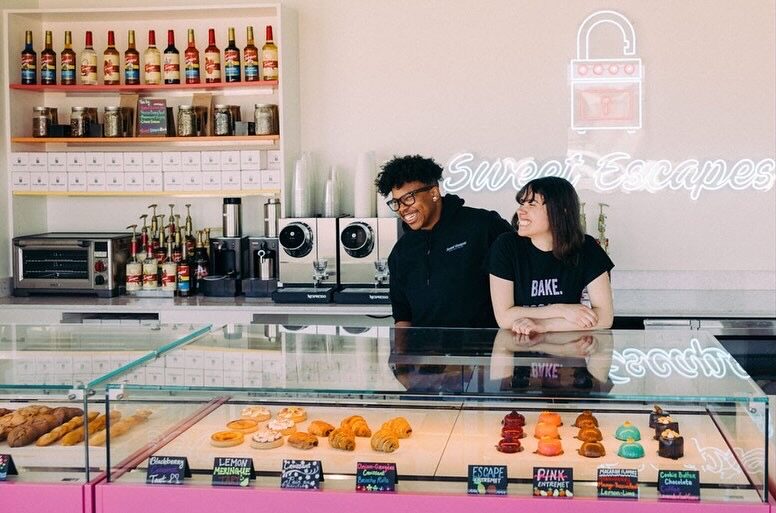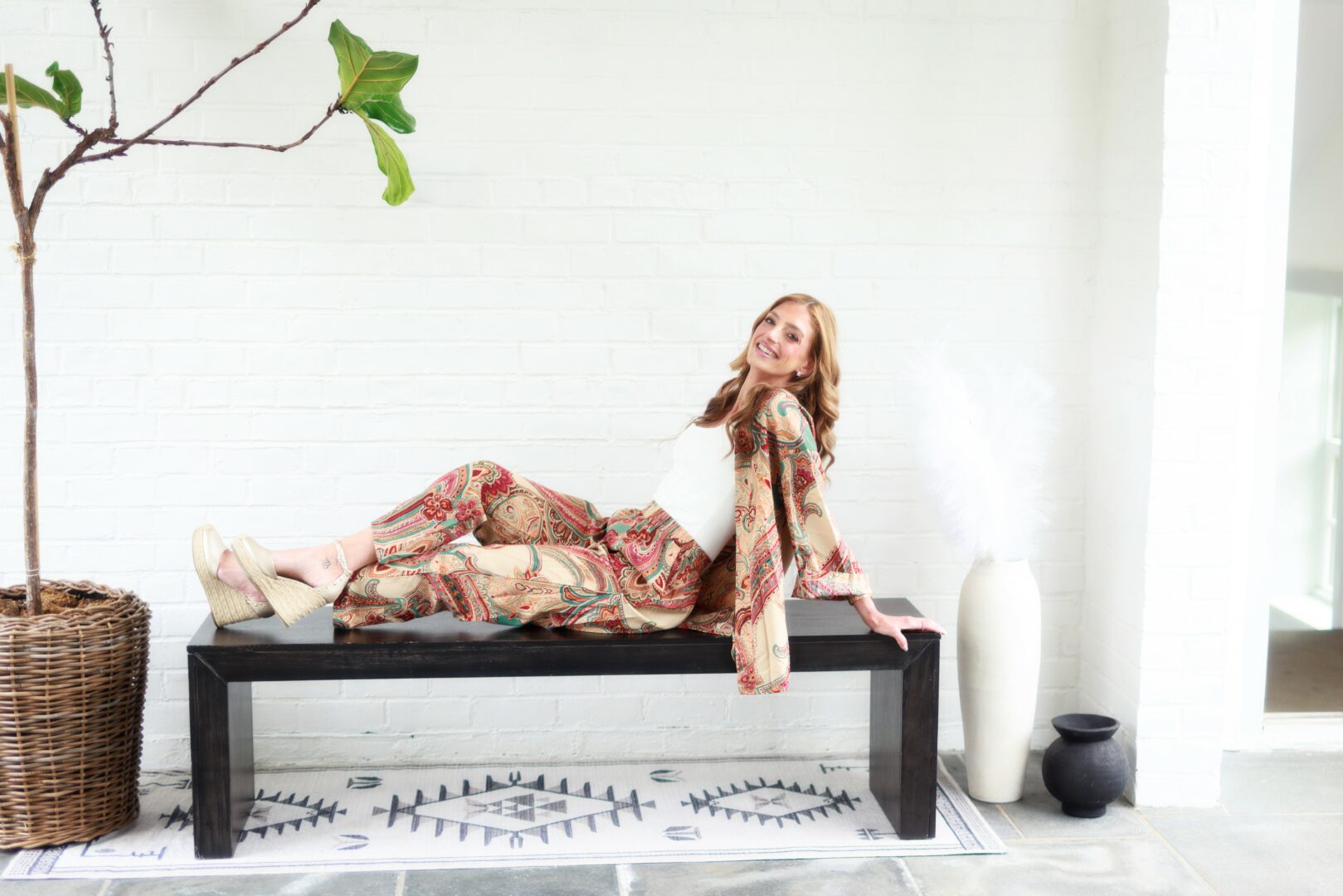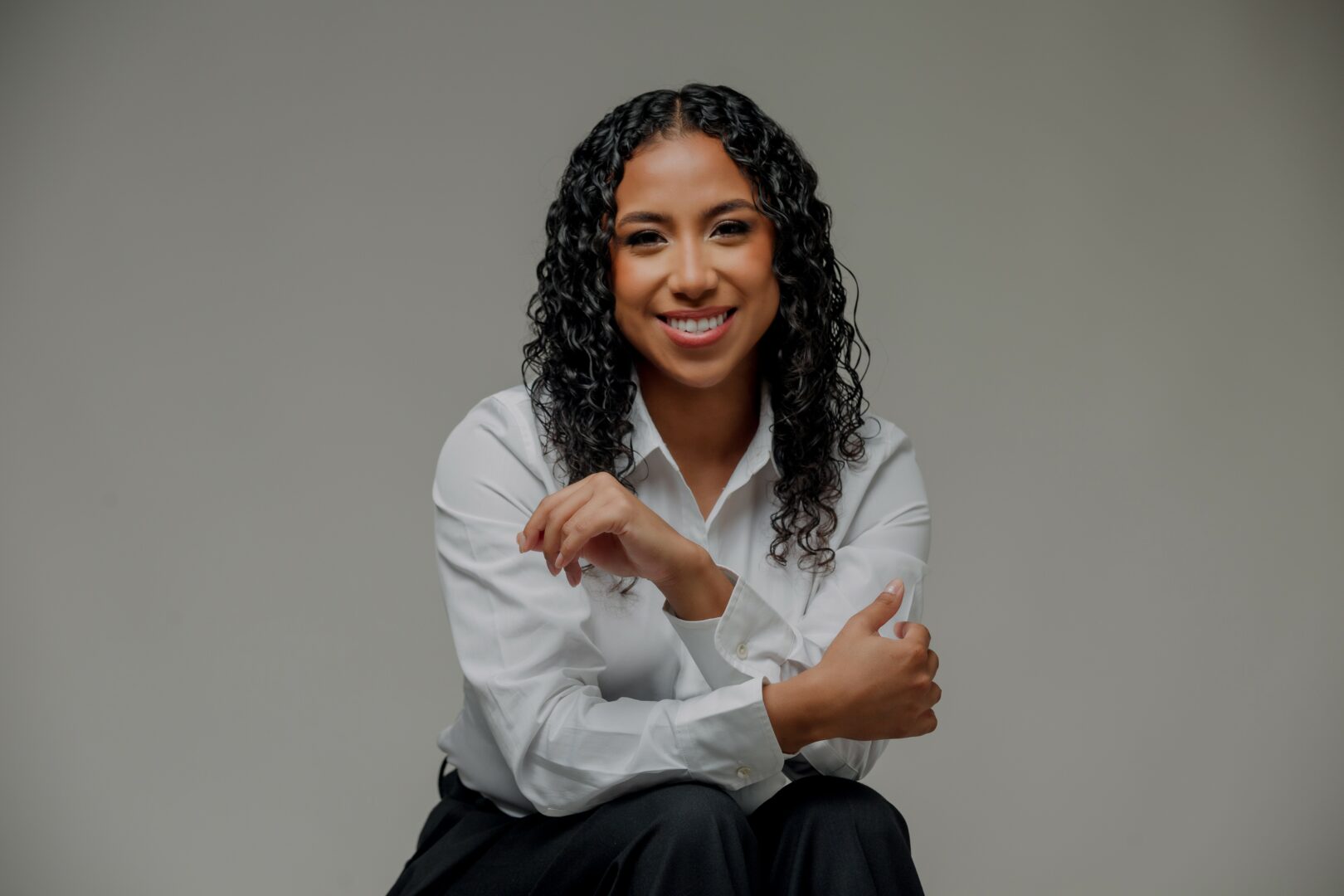We’re excited to introduce you to the always interesting and insightful Polina Stepanova. We hope you’ll enjoy our conversation with Polina below.
Polina, so many exciting things to discuss, we can’t wait. Thanks for joining us and we appreciate you sharing your wisdom with our readers. So, maybe we can start by discussing optimism and where your optimism comes from?
Optimism produces an unstoppable and irresistible surge of energy – it, in my opinion, contains the force of life itself. Believing in a better future and being resilient in an everyday life are key characteristics of an optimistic person. Another essential tool in an optimist’s arsenal is the consistent direction of their attention toward positive aspects of living.
My optimism is what allows me to remain buoyant no matter the conditions. I have fortunately always been blessed with a life that allows smooth sailing through its waters, but I still faced challenges that tested the resilience of my character. Optimism has always been the cornerstone that I kept returning to and relying on because choosing to be an optimist gives me an unparalleled zest to live. Hopefulness (another synonym for optimism) prompts growth and fuels creativity, because it allows you to believe in the world as an ever changing place – a place that inevitably has room for your dreams to come true. Pessimism and hopelessness, on the other hand, enable laziness and procrastination – if you believe nothing will change, why even try?
I am a firm believer in optimism being an acquired skill. Certain people can have a predisposition to be more positive by nature, but if you are not one of them, it is always possible to make optimism a very beneficial habit. All that it takes is consistently appreciating your circumstances and surroundings, noticing the positive aspects, and establishing a cognitive pattern of thinking that “everything happens for the best.” This is my mantra.
I most certainly trained my own optimism through routinely firing the neurons. My own journey in architecture and moving to another country for my education and work experience were challenges that I faced with unwavering optimism. Whether I was in the middle of an all-nighter finishing a project, dealing with a difficult client, or establishing my life in an entirely new city – I always knew that all would work out, and I would emerge stronger and more knowledgeable than before.
Let’s take a small detour – maybe you can share a bit about yourself before we dive back into some of the other questions we had for you?
While I see myself as a multi-dimensional creator who loves to experiment with various media, my focus over the last decade has been on architecture and architectural design. I feel very humbled by this all-encompassing field of built environment, and the more I learn and practice, the more I discover there is to learn and practice. I am currently an architectural designer at Vima Design, a design start-up led by talented Michael Gonzalez Haik with whom we attended University of Southern California. We primarily focus on residential construction, and I dedicate a lot of my energy and attention to creating human-centric inclusive design. We design sustainably for humans, and it is our utmost priority to serve our clients (who usually want to build, renovate, or expand their home) by guiding them through our shared architectural journey in a timely fashion.
Before joining Vima, I graduated with a Master of Architecture degree from Columbia University. I was also an architecture research fellow at Gensler, one of the highest ranked architecture offices in the United States. Besides that, I always found an opportunity to work on my craft – I was employed as an architectural and interior designer in multiple offices, and through all these experiences I understood how to contribute to design projects in a critical capacity. It was my motto: “Always keep moving and learning.” In the last few years, I have been fortunate enough to witness my work gaining international recognition. I had exciting new contracts allowing me to work on meaningful multi-type projects, various media sources started reaching out to me asking to share my design expertise via their outlets, I won multiple awards and was invited to serve as a jury member on a large-scale residential development competition Urban Awards 2023. Early in 2024, the International Association of Designers hosted my personal exhibition “Humanism at the Heart of Architecture” on their website. The feeling of gratitude for my unfolding journey nourishes my soul, and so I encourage the readers – never give up, just keep moving with an optimism up your sleeve. If you believe in your goal, minimize distractions, and persist, your success is truly inevitable!
Lastly, I would like to touch on my big “why.” The most important aspect of my work is the concentration on human well-being. During my undergraduate experience at University of Southern California, I pursued a second major in psychology, which ultimately gave my architectural work a whole new dimension. Human-centric, inclusive architecture is what I aspire to practice on a daily basis, and this starts from knowing which finish materials are detrimental to human health to picking the color of the wall paint to increase human productivity. In 2023, me and my fellow scholar Catherine George Weilein published an article in the UK about the destruction of self-built homes in Cairo and Los Angeles. Working on that piece reassured me yet again that my ultimate priority is to be a kind, compassionate architectural designer. Through my research work, I expose the problematic narratives in the world of architecture and express the need for a more humane built environment.
Looking back, what do you think were the three qualities, skills, or areas of knowledge that were most impactful in your journey? What advice do you have for folks who are early in their journey in terms of how they can best develop or improve on these?
I would love to mention the following three habits that impacted me immensely and assisted me in getting to where I am today: the habit of focusing, the habit of reading, and the habit of being creative. I will explain what I mean by each one.
First of all, sustained focus is an extremely rare commodity nowadays, so learning how to stay concentrated for prolonged periods of time will help you grow exponentially. We live in an age of distractions, so eliminating unnecessary disturbances is the best way to reflect on your life, make an inspirational plan, and start moving in the direction of your dreams. James Clear in his exceptional work Atomic Habits mentions that implementing a habit does not have to be difficult – you just have to make bad habits harder to execute. When I work on my architectural projects, I tend to keep my phone on silent in a separate room so I am not tempted to look at it and get distracted. Therefore, I manage to avoid interruptions in my focus time.
My second habit is the habit of reading. I absolutely love reading, and this has been a life-long affair. Books have been my greatest teachers, and I wholeheartedly believe that knowledge contained in books allowed me to evolve into a better human being. While books can provide specific technical knowledge on pretty much any subject, I currently gravitate towards professional architecture-related literature and psychology / spiritual genre. Books have given me room to reflect on the purpose of life, unconditional love, and acceptance of responsibility. I integrate this habit into my daily life by reading during my meals (if I have a solo meal) and reading before sleep.
The third habit that is probably the most essential out of all three is the habit of expressing my creativity. Creativity is an abstract word and can be applicable to various activities. Ultimately, we are all creating in one form or another. The key of the habit is to listen to yourself and express yourself freely and consistently. Do not doubt yourself, just create and have fun with it. Aside from pursuing my creative architecture projects on a daily basis, I paint, write, go to pottery classes, curate a YouTube channel, host friendly gatherings, sketch, and make herbariums. Your life is your creative pursuit, so fill it with anything that resonates with you. Be active, not passive. And also, you never know what can come out of it – be open!
Awesome, really appreciate you opening up with us today and before we close maybe you can share a book recommendation with us. Has there been a book that’s been impactful in your growth and development?
One of my favorite books is Conversations with God by Neale Donald Walsch. I have mentioned this written work on my YouTube channel multiple times because of how important I find it. Conversations with God allows the reader to look at life from a completely unique angle and experience the serenity of the profound understanding that all is well. The writing teaches the reader to love and appreciate life, to express gratitude, and to accept personal responsibility. I believe that one of the greatest hindrances to personal development is the victim mentality, and Conversations with God effectively mentors the reader on how to release the victimhood and see life from a much broader perspective of the creator.
I could definitely give more practical book recommendations, but reading Walsch’s writing prompts you to reflect on your life as a whole before you dive into more detail-oriented planning and strategizing. I would like to leave you with one profound quote from Conversations with God that I look at daily. The quote is: “Enjoy everything. Need nothing.”
Contact Info:
- Website: http://realpolya.com/
- Instagram: realpolya
- Linkedin: https://www.linkedin.com/in/realpolya/
- Youtube: https://www.youtube.com/realpolya
- Other: Vima Design: https://www.vima.space/





Image Credits
Portrait photographs of Polina – credit: Yana Kalina




